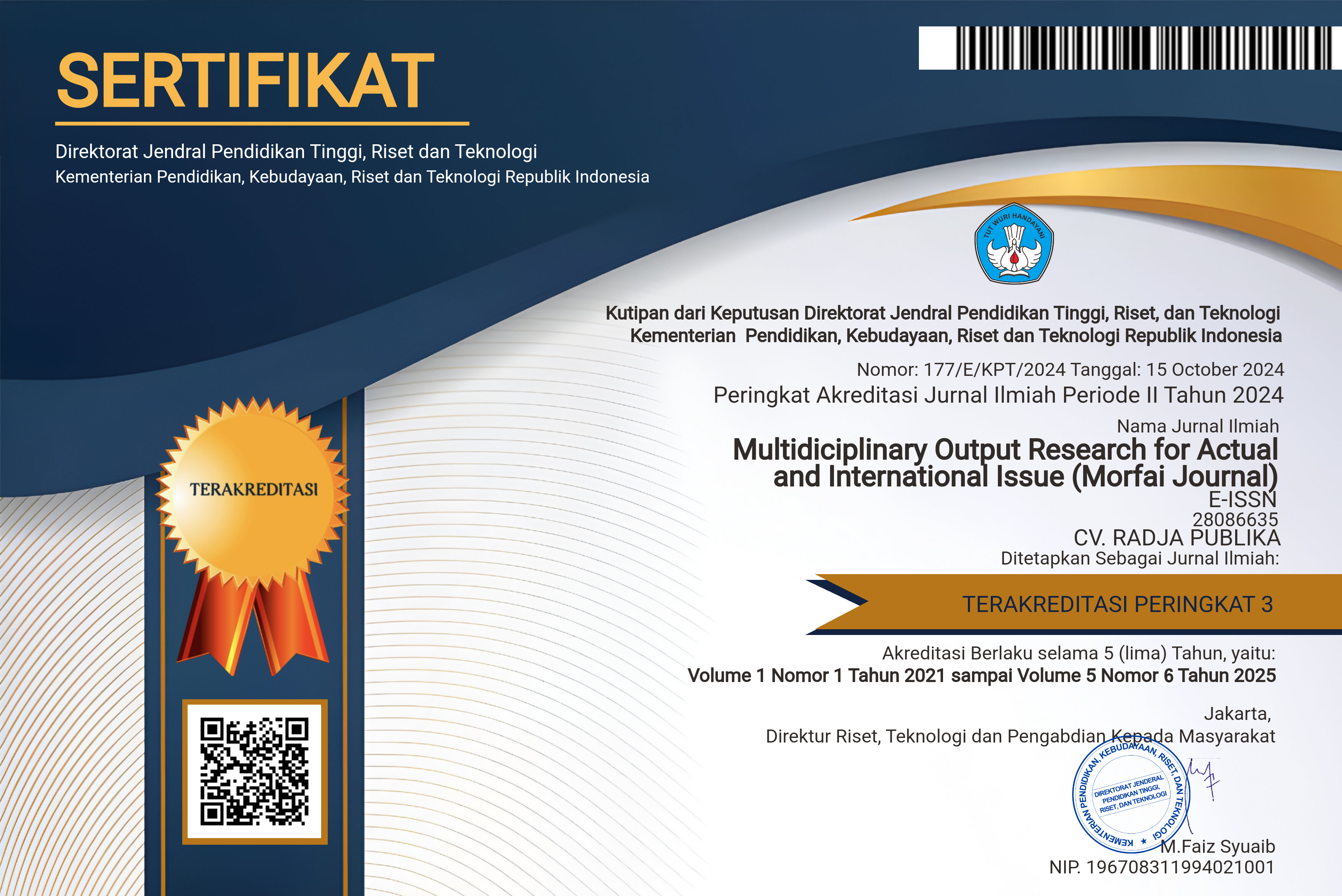MACROECONOMIC DOWNTURNS AND PRICE SENSITIVITY IN VOCATIONAL EDTECH: IMPLICATIONS FOR BUSINESS STRATEGY IN SCHOTERS BY RUANGGURU WORK ABROAD PROGRAM
Main Article Content
Najla Rasikha Putri Harza
Harimukti Wandebori
This research examines the Schoters by Ruangguru Work Abroad Program, focusing on strategies to sustain growth and profitability amid rising price sensitivity and macroeconomic uncertainty in Indonesia. As inflation, wage stagnation, and shifting youth aspirations reshape consumer behavior, vocational EdTech providers must adapt through innovative pricing and strategic positioning. A mixed-method approach was employed. Quantitatively, the study utilized the Price Sensitivity Meter and Conjoint Analysis to measure willingness to pay and attribute trade-offs. Qualitatively, user interviews provided deeper insights into motivations, barriers, and psychographic segmentation. From these findings, corporate-, business-, and functional-level strategies were developed based on macroeconomic and consumer dynamics. Strategic recommendations were then formulated using established business strategy frameworks and theories. This study contributes by bridging strategic management theory with macroeconomic trends and psychographic segmentation in an emerging market context. It also offers actionable insights for EdTech firms navigating uncertainty while pursuing sustainable growth.
Aguilar, F. J. (1967). Scanning the Business Environment. New York: Macmillan Company.
Badan Perlindungan Pekerja Migran Indonesia. (2024). Data Penempatan dan Perlindungan Pekerja Migran Indonesia Tahun 2024. Badan Perlindungan Pekerja Migran Indonesia.
Badan Pusat Statistik Indonesia. (2025). Education Expenditure Group Inflation Report 2025. Badan Pusat Statistik Indonesia.
Badan Pusat Statistik Indonesia. (2025). Inflation Rate January 2025. Badan Pusat Statistik Indonesia.
Badan Pusat Statistik Indonesia. (2025). Labor Force and Wage Statistics February 2025. Badan Pusat Statistik Indonesia.
Badan Pusat Statistik Indonesia. (2025). Labour Situation in Indonesia February 2025. Labour Situation in Indonesia February 2025.
Badan Pusat Statistik Indonesia. (2025). Series of Consumer Price Index December 2024. Badan Pusat Statistik Indonesia.
Barney, J. B. (1991). Firm Resources and Sustained Competitive Advantage. Journal of Management, 17(1), 99-120.
Barney, J. B. (1995). Looking inside for competitive advantage. Academy of Management Executive, 9(4), 49–61.
Booms, B. H., & Bitner, M. J. (1981). Marketing Strategies and Organizational Structures for Service Firms. Marketing of Services, 47-51.
Cochran, W. G. (1977). Sampling Techniques. New York: John Wiley & Sons.
David, F. R., & David, F. R. (2017). Strategic Management: A Competitive Advantage Approach, Concepts and Cases. Pearson Education Limited.
Engel, E. (1857). The Production and Consumption Relations of the Kingdom of Saxony. Journal of the Statistical Office of the Kingdom of Saxony, 1-54.
Garvin, D. A., & Levesque, L. C. (2006). Meeting the Challenge of Corporate Entrepreneurship. 84(10).
Green, P. E., & Rao, V. R. (1971). Conjoint Measurement for Quantifying Judgmental Data. Journal of Marketing Research, 8(3), 355–363.
Guest, G., Bunce, A., & Johnson, L. (2006). How Many Interviews are Enough? An Experiment with Data Saturation and Variability. Field Methods,, 18(1), 59-82.
Gürel, E., & Tat, M. (2017). SWOT Analysis: A Theoretical Review. The Journal of International Social Research, 10(51), 994-1006.
Johnson, G. S., & Whittington, R. (2008). Exploring Corporate Strategy. Pearson Education.
Kahle, L. R. (1983). Social values and social change: Adaptation to life in America. New York: Praeger.
Kahneman, D., & Tversky, A. (1979). Prospect Theory: An Analysis of Decision Under Risk. Econometrica, 47(2), 263–291.
Keynes, J. M. (1936). The General Theory of Employment, Interest and Money. London: Macmillan.
Kim, W., & Mauborgne, R. (2005). Blue Ocean Strategy: How to Create Uncontested Market Space and Make the Competition Irrelevant. Boston: Harvard Business School Press.
Kotler, P., & Keller, K. L. (2016). Marketing Management (15 ed.). Boston: Pearson Education Limited.
Louviere, J. J., Hensher, D. A., & Swait, J. D. (2010). Stated Choice Methods: Analysis and Applications. Cambridge: Cambridge University Press.
Luce, R. D., & Tukey, J. W. (1964). Simultaneous Conjoint Measurement: A New Type of Fundamental Measurement. Journal of Mathematical Psychology, 1(1), 1-27.
Lusk, J. L., & Norwood, F. B. (2005). Effect of Experimental Design on Choice-Based Conjoint Valuation Estimates. American Journal of Agricultural Economics, 87(3), 771–785.
Maslow, A. H. (1943). A theory of human motivation. Psychological Review, 50(4), 370–396.
McCarthy, E. J. (1964). Basic Marketing: A Managerial Approach. Homewood: Richard D. Irwin, Inc.
Mitchell, A. (1983). The nine American lifestyles: Who we are and where we’re going. New York: Macmillan.
Nagle, T. T., & Müller, G. (2018). The Strategy and Tactics of Pricing: A Guide to Growing More Profitably . Routledge.
Porter, M. E. (1980). Competitive Strategy: Techniques for Analyzing Industries and Competitors. New York: The Free Press.
Psacharopoulos, G., & Patrinos, H. A. (2018). Returns to Investment in Education: A Decennial Review of the Global Literature. Education Economics, 26(5), 445–458.
Schoemaker, P. J. (1995). Scenario Planning: A Tool for Strategic Thinking. Sloan Management Review, 36(2), 25-40.
Schwartz, P. (1991). The Art of The Long View: Planning for the Future in an Uncertain World. Doubleday.
Teece, D. J., Pisano, G., & Shuen, A. (1997). Dynamic Capabilities and Strategic Management. Strategic Management Journal, 18(7), 509-533.
Thompson, A. A., Strickland, A. J., & Gamble, J. E. (2022). Crafting & executing strategy: The quest for competitive advantage: Concepts and cases (23 ed.). McGraw-Hill Education.
Van Westendorp, P. H. (1976). NSS Price Sensitivity Meter (PSM) – A New Approach to Study Consumer Perception of Price. Proceedings of the 29th ESOMAR Congress (pp. 139-167). Venice: ESOMAR Congress.
Weihrich, H. (1982). The TOWS Matrix—A Tool for Situational Analysis. Long Range Planning, 15(2), 54–66.









